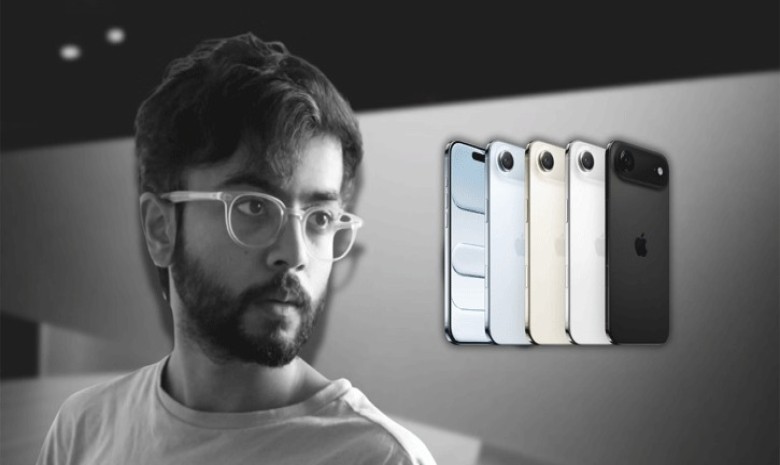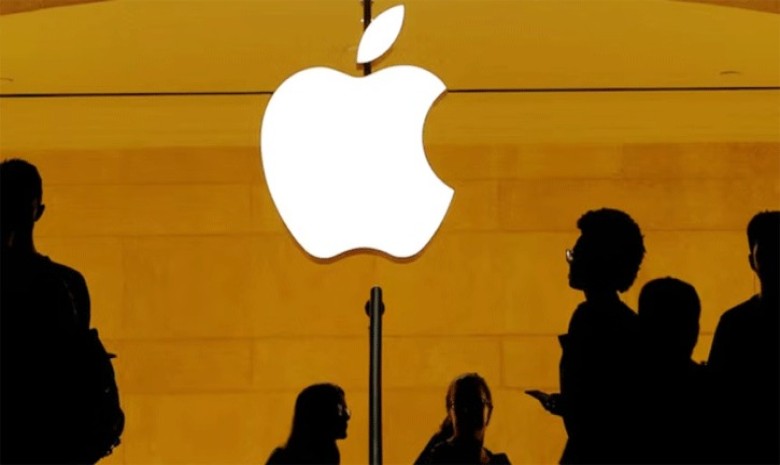By Syed Armaan Ahsan, Student, Class 12, Sunbeams School
For nearly two decades, our digital lives have revolved around smartphones. They’ve reshaped countless aspects of daily life — from how we work and entertain ourselves to how we build relationships and communicate. Today, however, the smartphone stands where the iPod once did: popular, beloved, and seemingly irreplaceable. But history tells us that no tech can stay on top forever.
If smartphones are becoming obsolete, something must rise to take their place. Enter wearable electronics — and more specifically, smart glasses. Meta’s Orion AR Glasses, dubbed the “Real-Life Tony Stark Glasses,” represent 10 years of research in this emerging technology. In a YouTube interview with Cleo Abram, Meta CEO Mark Zuckerberg described the glasses as tools that “see what you see and hear what you hear.” This, he says, allows them to provide personalized, AI-powered assistance that goes far beyond the capabilities of a simple smartphone. He calls them the “next major platform after phones.”
But Meta isn’t the only one chasing this future. Tech giants like Apple have also entered the arena with their Vision Pro — a mixed reality headset offering a very different take on wearables. While the Orion is focused on augmented reality (AR), Apple’s device leans more into immersive, spatial computing. Nonetheless, both point in the same direction: a shift away from smartphones and toward a future where the virtual world and physical reality blend together into a seamless user experience.
So what gives these devices an edge over smartphones? Compared to your typical handset, AR glasses and headsets offer enhanced interactivity, immersion, and realism by overlaying the digital world directly onto your surroundings. It’s a new kind of interface — hands-free, real-time, and context-aware.
However, the arrival of smart glasses isn’t all good news. The most pressing concern is privacy. Devices that can see and hear everything around them raise serious questions about surveillance — both by corporations and individuals. That exact issue was central to the downfall of Google Glass nearly a decade ago.
Then there’s the matter of affordability. The Apple Vision Pro, for instance, is priced at $3,500 for a 256GB model. Its smartphone equivalent — the iPhone 16 with the same storage — is nearly four times cheaper. That pricing gap places wearables out of reach for most consumers. If these devices are truly positioned to replace smartphones, they’ll need to become far more accessible.
Even if affordability improves, hardware limitations still remain a major hurdle. Fitting displays, cameras, sensors, processors, and batteries into a lightweight and wearable form factor is a significant engineering challenge. Despite more than a decade of development, Zuckerberg admits that miniaturization is still one of the biggest barriers to mainstream adoption.
So, the question remains: is this just another tech experiment destined to fade out — or the beginning of the end for the smartphone’s 20-year reign? It’s too early to say for sure. But one thing is clear: the race to replace the smartphone has officially begun.
Sources:
1. https://glassalmanac.com/mark-zuckerberg-announces-the-end-of-mobile-phones-and-unveils-their-replacement/
2. https://www.youtube.com/watch?v=oX7OduG1YmI
3. https://www.apple.com/shop/buy-vision/apple-vision-pro
4. https://www.apple.com/shop/buy-iphone/iphone-16
5. https://www.investopedia.com/articles/investing/052115/how-why-google-glass-failed.asp?
Total views: 1093



























